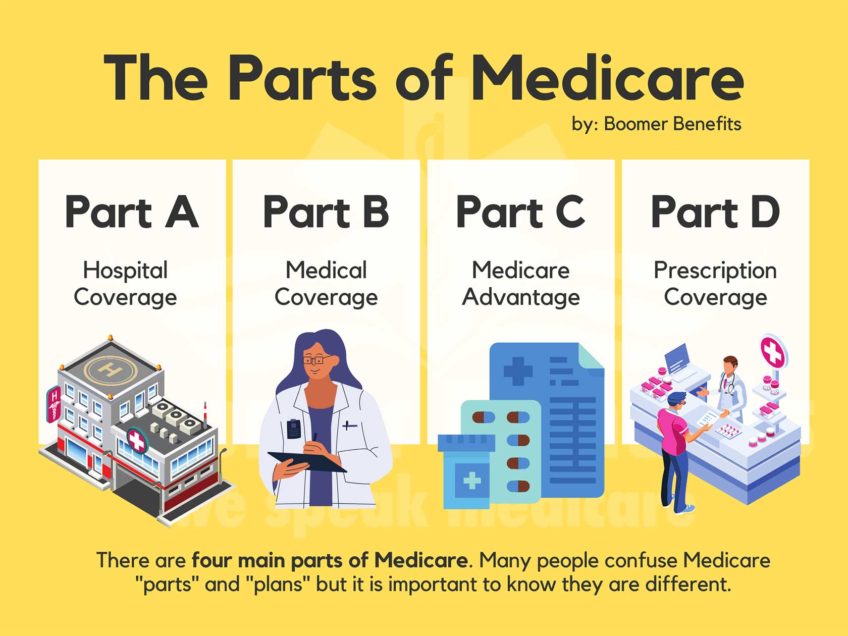A recent Boston Public Health Commission (BPHC) report on the health status of city residents turned up some good news for the general public, but also found the persistence of racial and ethnic health disparities, despite the city’s increased efforts to close the gap.
Among the good news the BPHC announced in its annual “Health of Boston” report, released May 12, is that mortality rates in Boston are falling. The city recorded about 700 fewer deaths in 2006 than it did in 2000, a drop attributed in the report to a lower number of people dying from causes like cancer, heart disease and stroke.
Another plus: Life expectancy is rising, standing now at about 78 years for Boston residents, according to the report. Boston females born between 2004 and 2006 are expected to live about six years longer than males born during the same time period, and estimated life expectancy is highest for Boston’s Latino residents, followed by white residents.
Black residents, however, have a lower life expectancy than Boston residents overall, one negative finding in what a BPHC statement called “a mixed bag of news on the health outcomes of Boston residents” contained in the annual report.
Mayor Thomas M. Menino has repeatedly emphasized the elimination of racial and ethnic health disparities as a top priority of his administration, and last year announced that Boston had been designated a “Center of Excellence in the Elimination of Disparities” by the federal government.
The report, however, documented several categories where people of color remained the groups hardest hit by certain illnesses and diseases, “which often results in an unequal burden of morbidity and mortality,” the BPHC said.
The disparities identified in the report include:
• For the period from 1998 through 2006, black children consistently had the city’s highest asthma hospitalization rates. In 2006, the asthma hospitalization rate for black children in Boston under the age of 5 was almost three times higher than it was for Asian children, about 1.5 times higher than for Latino children, and five times higher than for white children. There was a one-year exception in the period — 2002, when the highest rate was for Latino children under the age of 5
• Boston’s blacks had far higher numbers and rates of new cases of Chlamydia, than white or Latino residents in every year from 1999 to 2006. Perhaps more troubling, the incidence of that sexually transmitted disease was higher for all racial and ethnic groups in 2006 than it was in 1999, and rates were highest among residents between the ages of 15 and 19.
• Between 1994 and 2006, black women had the highest rate of babies born with low birth weights, while Latinas and white women experienced lower, very similar rates. Asians had the lowest rate.
• Infant mortality rates also have remained consistently higher for black infants. Black infants accounted for 28.7 percent of all Boston births in 2006, but 65.2 percent of all infant deaths.
Positive findings in the annual report include a 91.2 percent drop over the past 13 years in the number of Boston children who have tested positive for elevated lead levels in their blood, and a continuing decline in the number of new HIV/AIDS cases in the city. The rate of new cases fell from 45.2 per 100,000-population in 2005 to 32.9 in 2006.
One of the report’s more troubling revelations was that substance abuse ranked as the fifth leading cause of death in Boston in 2006, marking the first time that alcohol- and drug-related deaths joined cancer, heart disease, stroke, homicides and car crashes as a leading cause of death.
The BPHC reported 176 deaths from drug and alcohol in 2006, nearly twice as high as the 1999 level of 96. Substance abuse deaths among women nearly doubled from 2005 (29) to 2006 (54).
“We recognize that drug and alcohol abuse remains a rampant problem and one not confined to our city limits,” said BPHC Executive Director Dr. Barbara Ferrer in a statement. “But we are working as hard and as creatively as we can to offer programs aimed at preventing the abuse of alcohol and illicit drugs, and ensuring access to needed treatment for people struggling with addiction.”
The percentage of white residents admitted to publicly funded substance abuse treatment programs rose by 34.6 percent between 2001 and 2007, while the percentage for black and Latinos dropped 28.7 percent and 19.4 percent, respectively.
The annual report contains the most recent data available on a variety of health conditions and can be downloaded at www.bphc.org. The BPHC said it uses the report, along with input from the public and its board, to set public health priorities and evaluate city prevention efforts.






